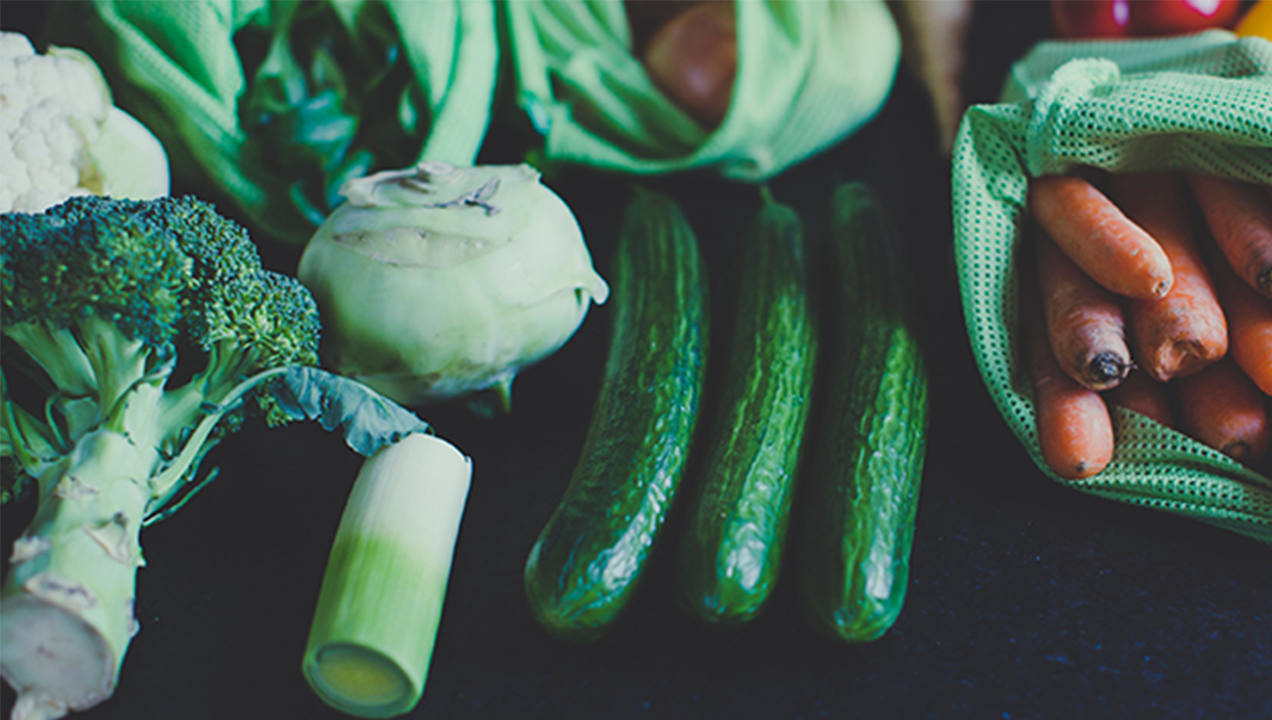The Food Delivery App Experience During COVID 19 – 10 Key Lessons
COVID-19 has been a uniquely global challenge and food delivery apps have faced similar unprecedented circumstances.
In April/May, the UXalliance, led by our Colombian partners Usaria undertook a benchmark of 47 supermarket and restaurant delivery apps across Europe, the Americas, Africa, Asia and Australasia. Sutherland Labs contributed to the UK part of the study. The aim was to understand how Covid affected the user experience of the apps and wider services and identify some key lessons.

Image Credit: Markus Spiske
There’s been much to learn about responding to new constraints and evolving customer behaviour, both in the short and long term.
1. Apps had diverse COVID-19 messaging on the home screen
68% of reviewed apps had a prominent COVID feature on their home screen, but messages did vary between providers. Messages included Stay at Home related messages, updates on delivery services, discounts on products and deliveries, service updates, customer care information and social campaigns.
89% of the apps referred to the pandemic without directly mentioning it, opting for practical and positive messages such as “Stay Home” and “Our main concern is your safety.”
2. Comprehensive COVID-19 information was provided, but not easy to find
A majority of apps (58%) included detailed practical information on the provider response to COVID-19, and practicalities about delivery, but this was often included within general Support and FAQ sections, which had a low priority within the IA of many apps. This reduced the likelihood of it being read despite its potential importance.
89% of the apps referred to the pandemic without directly mentioning it, opting for practical and positive messages such as “Stay Home” and “Our main concern is your safety.”
3. Some apps prioritised vulnerable customers and key workers for delivery
The strain on delivery services was evident globally, with many providers struggling to maintain deliveries. Providers in some countries responded with empathy and strengthening longer term relationships by prioritising vulnerable customers and key workers for delivery. For example, Getir (Turkey) gave priority to those over 65 years old and health workers, while Enselunga en Casa (Italy) offered discounts and reserved 40% off delivery slots for those over 65 years old.
4. Providers were showing support for customers and independent delivery staff
Many providers further sought to build empathy and support their wider communities through discounts and social initiatives. 29% of apps supported social initiatives to help vulnerable customers, often with existing charities. For example, Swiggy (India) worked with an NGO to deliver food for the economically vulnerable and migrant workers, while Sainsbury’s (UK) created a new charity donations section.
Discounting was also evident on deliveries and products, with 10 apps offering discounts, for example on health-related products or free delivery. 11st (South Korea) also combined discounting with community support by offering discount coupons for small local businesses.
Many apps with independent driver networks offered support during the pandemic. Apps were also supporting independent delivery providers, for example, Uber Eats(Colombia and Mexico) provided financial support for 14 days after diagnosis with COVID-19. Swiggy (India) extended this cover to the families of delivery staff too.
5. New product categories emerged around COVID-19
Product inventories were adjusted within some apps to accommodate new COVID-19 categories, For example, Postmates (US) created a new Essentials category andSainsburys (UK) created a home baking category, which reflects changing behaviours during lockdown.
Health also emerged as a theme. The most substantial shift was evident with Gojek (Indonesia), who partnered with Halodoc to offer drugstore products, telemedicine and access to free COVID-19 tests in Jakarta.
While supply shortages are understandable during the pandemic, not having visibility of what is limited or unavailable does create a clear UX issue, causing increased customer effort.
6. Product availability is a challenge, but lack of transparency makes it worse
Some product lines were unavailable within apps due to shortage during Covid. However, only one app, Coupang Eats (South Korea) explicitly announced out of stock items, with 4 others identifying categories where product shortages existed without being specific. Low stock warnings were also rare. In most instances customers would either only become aware of shortage at checkout, or on delivery.
While supply shortages are understandable during the pandemic, not having visibility of what is limited or unavailable does create a clear UX issue, causing increased customer effort.
7. Reassurance about delivery safety was near universal
93% of reviewed apps outlined biosafety measures such as the use of face masks, gloves and antibacterial gel for delivery staff. This increased safety was reassuring to customers as a customer survey which supported this benchmark identified that 40.9% of respondents were either concerned or very concerned about possible COVID-19 infection when ordering food for delivery. However, we did find a number of instances where delivery staff were not complying.
93% of reviewed apps outlined biosafety measures such as the use of face masks, gloves and antibacterial gel for delivery staff.
8. Service innovation in delivery
Instances were noted where retailers had innovated to overcome challenges in delivery and reducing the risk of infection during delivery.
Morrisons (UK) were notable in offering a small selection of pre-configured food boxes, offering key options e.g. milk, bread, vegetables, but no choice in content. This lack of choice enabled them to provide a rapid turnaround of deliveries during a period when they were least available.
A strong shift was also noted towards non cash payment, with 85% of apps now promoting this method. While this was already well established in some markets, payment of cash on delivery is common practice.
Other instances were noted where physical interaction had been limited with staff. For example, the Instacart (US) app introducing support for scanning of ID cards to prove age, rather relying on delivery staff to check this.
9.Customer service has become a secondary priority
The strain on companies was evident as customer service channels were reprioritised. Out of the 47 apps, only 10 offered customer service hotlines, with support switching to email in some instances as staff work from home.
Those providers offering chat such as 11st (South Korea) and Big Basket (India) generally stood out in customer service. Some apps added new communication features during the Pandemic to better support easier delivery. Gojek (Indonesia) and Rappi (Colombia) also added chats with delivery drivers to allow co-ordination about the drop off of goods.
A strong shift was also noted towards non cash payment, with 85% of apps now promoting this method.
10.If you want to see a successful experience adaptation during COVID-19, take a look at Gojek (Indonesia)
We scored all the apps for app UX and wider CX (covering delivery and customer service) and they scored a highly creditable 97% UX score and 84% CX score, placing them in the top tier for both measures (UX Score and CX Score are standardized benchmark measures from the UXalliance, consisting of a scorecard of desirable attributes. Each have a maximum possible score of 100%). They shifted the focus of their business more towards home food delivery and addressed wider customer needs around the pandemic head-on with an alliance with Haladoc to provide medical consultations, pharmaceutical products and access to COVID-19 tests. They increased the effectiveness of their delivery service by communicating more, by introducing a driver chat and showed clear empathy when they reduced management salaries to contribute to a hardship fund for drivers partners and affiliates. As a digital-first business they did have advantages over many app providers, but they responded decisively and with compassion during a crisis which is a lesson to us all.
If you’d like to find out more about the UXalliance Food Delivery Benchmark, or other work that the UX Alliance does then please contact Simon Herd.
